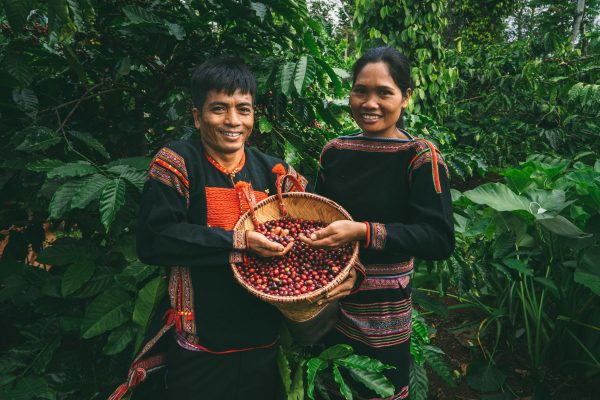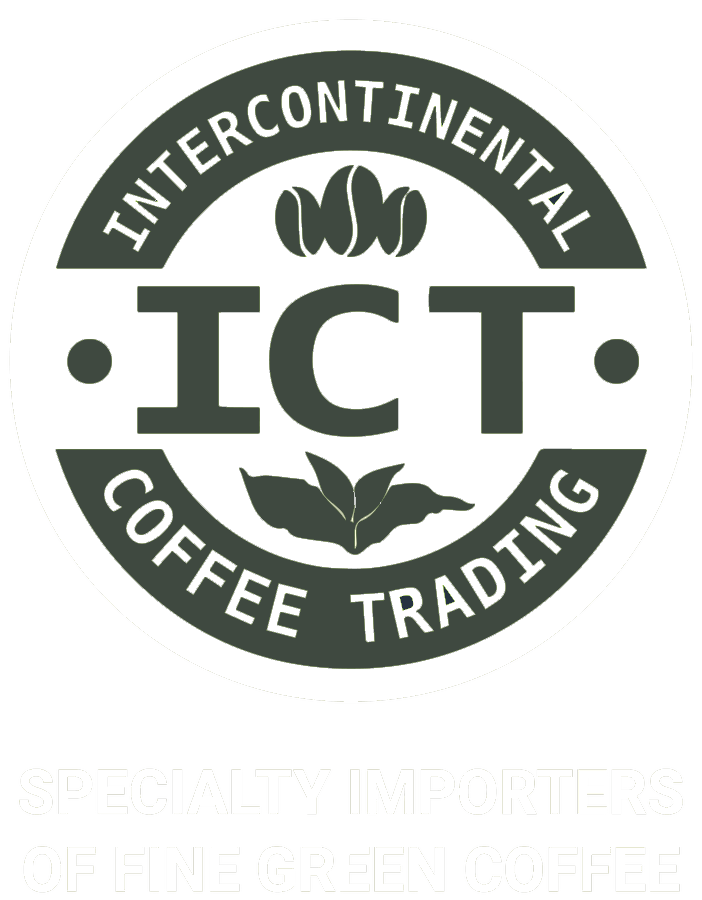
Coffee production spans across more than 70 countries worldwide, but a select few regions dominate global output and define quality standards. Understanding where the world’s coffee comes from helps roasters, traders, and coffee enthusiasts appreciate the geographic factors that influence flavor profiles and market dynamics. This comprehensive guide explores the major coffee-producing regions that supply the majority of the world’s green coffee beans.
Brazil: The Undisputed Coffee Production Leader
Brazil produces approximately 35-40% of the world’s coffee, making it the largest coffee producer for over 150 years. The country produces both Arabica and Robusta varieties across multiple states, with São Paulo, Minas Gerais, and Espírito Santo leading production volumes.
Brazilian Coffee Characteristics
Brazilian coffee farms benefit from ideal growing conditions including consistent rainfall, moderate temperatures, and vast plantations that enable mechanized harvesting. The country’s coffee typically features nutty, chocolatey notes with low acidity, making it popular for espresso blends and commercial coffee products.
The scale of Brazilian production significantly influences global coffee prices. When Brazil experiences weather challenges like frost or drought, international coffee markets respond immediately, affecting pricing worldwide.
Vietnam: The Robusta Coffee Powerhouse
Vietnam ranks as the world’s second-largest coffee producer, contributing roughly 20% of global output. The country specializes primarily in Robusta coffee, which contains higher caffeine content and offers more bitter, earthy flavors compared to Arabica varieties.
Vietnamese Growing Regions
The Central Highlands region, particularly Dak Lak province, produces the majority of Vietnamese coffee. The area’s red volcanic soil and monsoon climate create optimal conditions for Robusta cultivation. Vietnamese coffee farming relies heavily on small-scale family operations rather than large plantations.
Vietnam’s Robusta production serves the instant coffee market and provides the caffeine boost found in many commercial coffee blends. The country’s rapid growth in coffee production since the 1990s has made it a crucial player in global coffee supply chains.
Colombia: Premium Arabica Excellence
Colombia produces approximately 8-10% of the world’s coffee and maintains a reputation for high-quality Arabica beans. The country’s mountainous terrain, consistent temperatures, and well-distributed rainfall throughout the year create ideal coffee growing conditions.
Colombian Coffee Regions and Quality
- Huila Region: Known for bright acidity and fruity flavor notes
- Nariño Province: Produces complex, wine-like coffee due to high altitude cultivation
- Caldas, Quindío, and Risaralda: The traditional coffee triangle producing balanced, classic Colombian profiles
- Cauca Valley: Generates sweet, caramel-noted coffee with full body
Colombian coffee benefits from hand-picking practices and wet processing methods that enhance bean quality. The Colombian Coffee Growers Federation has successfully marketed Colombian coffee worldwide, establishing strong brand recognition for the country’s coffee.
Ethiopia: The Birthplace of Coffee
Ethiopia produces roughly 4-5% of global coffee and holds historical significance as coffee’s country of origin. The nation grows exclusively Arabica coffee, with many varieties still growing wild in the country’s forests.
Ethiopian Coffee Processing and Flavors
Ethiopian coffee processing includes both washed and natural methods, creating distinct flavor profiles. Washed Ethiopian coffees often display bright, tea-like qualities with floral notes, while natural processed beans develop intense fruit flavors and wine-like characteristics.
The country’s diverse microclimates and heirloom coffee varieties produce some of the world’s most complex and sought-after coffee flavors. Regions like Yirgacheffe, Sidamo, and Harrar each contribute unique taste profiles that specialty coffee roasters highly prize.
Indonesia: Archipelago Coffee Diversity
Indonesia produces approximately 4% of the world’s coffee across its numerous islands, with Sumatra, Java, and Sulawesi serving as primary growing regions. The country produces both Arabica and Robusta varieties, often using unique processing methods that create distinctive flavors.
Indonesian Processing Methods
Indonesian coffee often undergoes wet-hulling (Giling Basah), a processing method that removes the parchment layer while the coffee maintains higher moisture content. This technique produces the earthy, herbal, and full-bodied characteristics associated with Indonesian coffee.
Sumatra Mandheling and Java coffee have developed strong international recognition for their unique flavor profiles, which include low acidity, heavy body, and complex earthy notes.
Honduras and Central America: Rising Coffee Production
Honduras has emerged as Central America’s largest coffee producer and ranks among the top five globally, contributing approximately 3-4% of world production. The country’s coffee industry has grown significantly over the past two decades through improved agricultural practices and quality focus.
Central American Coffee Characteristics
- Guatemala: Produces full-bodied coffee with spicy and smoky notes
- Costa Rica: Known for bright acidity and clean flavor profiles
- Nicaragua: Generates balanced coffee with chocolate and citrus notes
- El Salvador: Creates sweet, mild coffee with caramel undertones
Central American countries benefit from volcanic soil, high altitudes, and distinct wet and dry seasons that concentrate coffee flavors. These regions typically focus on Arabica production and emphasize quality over quantity.
Market Dynamics and Trading Considerations
Global coffee production faces ongoing challenges including climate change, price volatility, and changing consumer preferences. Many traditional growing regions experience temperature increases and altered rainfall patterns that affect coffee quality and yields.
Coffee futures markets in New York and London determine pricing for Arabica and Robusta respectively, with production forecasts from major growing regions driving price movements. Seasonal harvest cycles from different hemispheres help maintain year-round supply availability.
Intercontinental Coffee Trading specializes in sourcing premium green coffee beans directly from these world-renowned growing regions. Our established relationships with farms and cooperatives across Brazil, Colombia, Ethiopia, and beyond ensure consistent quality and reliable supply chains. Contact Intercontinental Coffee Trading today to discover how our expertly sourced green coffee beans can enhance your roasting operations and delight your customers.
